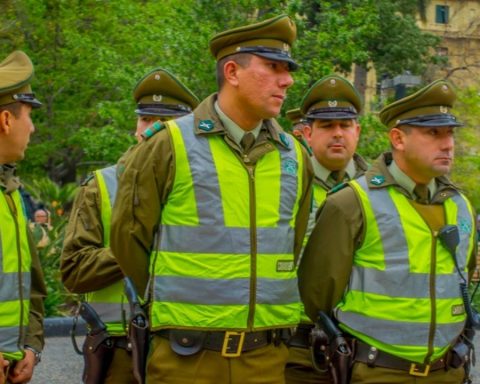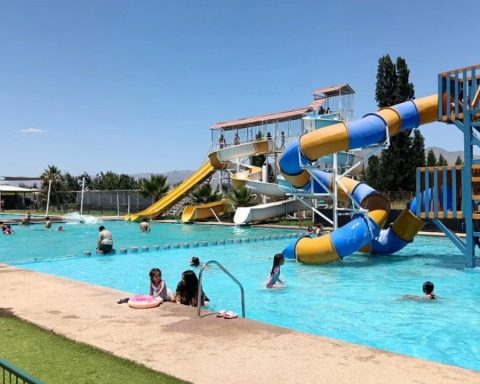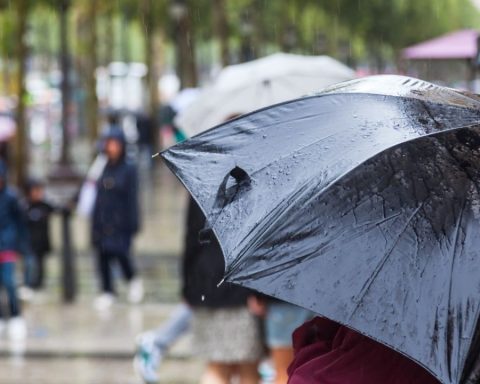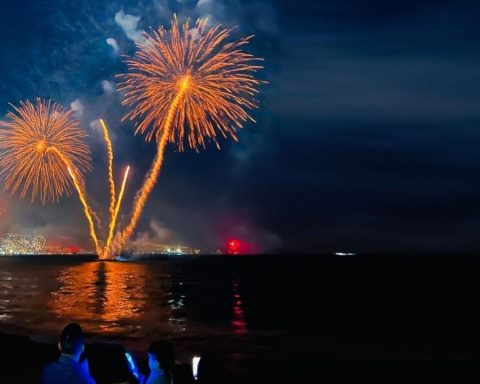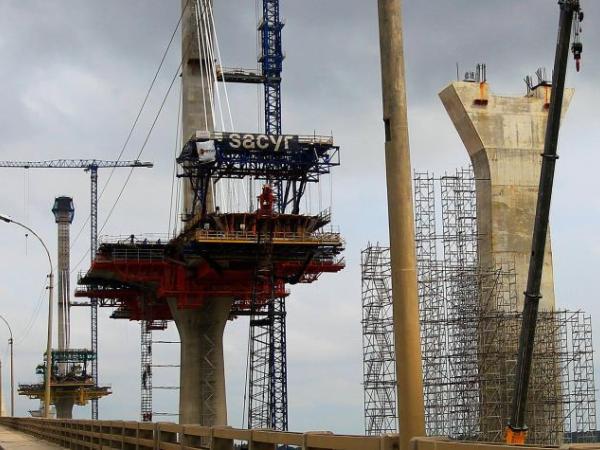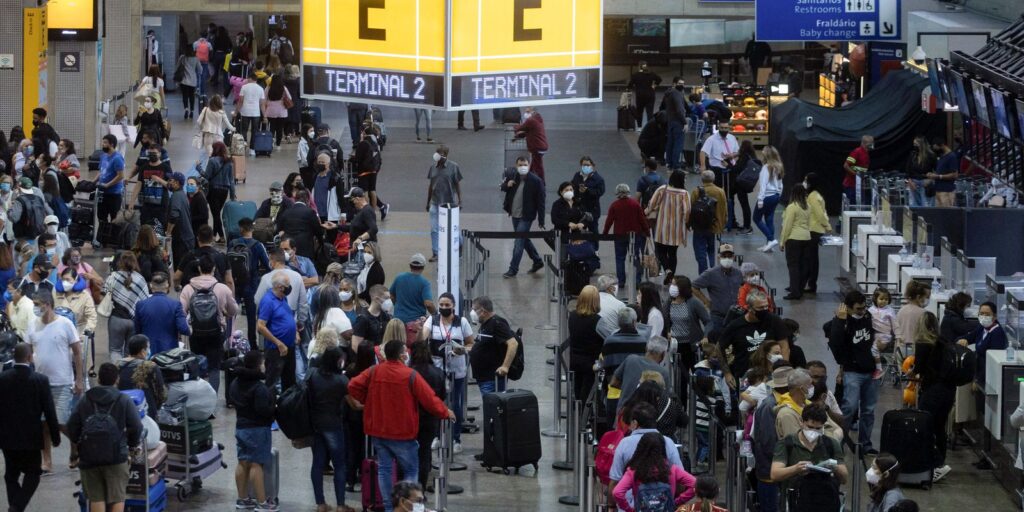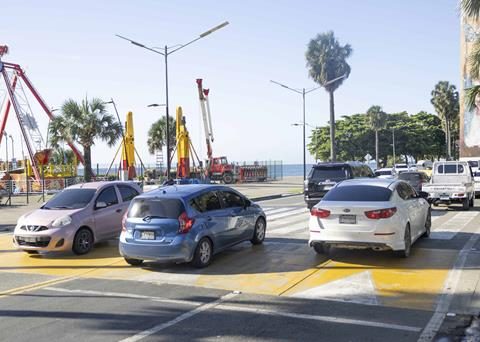
Three days before the departure that after 152 years will return the Moai Tau to Rapa Nui, this Friday the Minister of Cultures, Arts and Heritage, Consuelo Valdes, together with the commander in chief of the Navy, Juan Andres De la Mazainspected the loading procedure for the basalt rock sculpture at the Molo de Abrigo de la Armada, in Valparaíso, from where it will leave next Monday, February 28, beginning its long-awaited return.
The sculpture, which will return to its land after being on display since 1878 at the National Museum of Natural History (MNHN) in Santiago, is made up of the 715-kg moai, a 230-kg concrete platform. and a new metal base of 116 kg., which replaced the wooden one. This will serve for the transfer and will remain permanently for its exhibition in the Anthropological Museum Padre S.Sebastian Englert of Rapanui. Additionally, a package of 194 kg is contemplated for the trip, which will mean a total weight of 1,255 kg.
You might also be interested in:
“We start from the premise that to restore is to repair, and in that sense the result of the work that we have achieved from the communities and territories, which we have encouraged to appropriate and decide on their heritage, is very gratifying,” Minister Consuelo Valdés said. She also added that “this is part of the Policy for the Restitution of Cultural Assets of Original Peoples, which implies a paradigm shift in the relationship between the State and these communities. Specifically, this initiative allows the Rapa Nui people to recover and rediscover cultural assets and bioanthropological remains that belong to their culture and ancestors.”
The commander in chief of the Navy, Juan Andrés De la Maza, added that “what we are experiencing today is very symbolic. For us it is a tremendous pride and an honor to restore this moai to the island in a Navy ship, just as it left 152 years ago. The ship will have very good navigation conditions and we will try to generate a symbiosis between the personnel that lives in Rapa Nui and the personnel of the Rancagua barge and with the future crews that come”.
The moai was removed from the island in January 1870, following the order of the Minister of the Navy at that time, Francisco Echaurren-Huidobro. The piece began its journey to the continent on January 31 on the corvette O’Higgins, arriving in Valparaíso on March 7. She finally entered the MNHN on March 16, 1870.
For the Rapa Nui people, the moai represent the spirit of their ancestors and are considered the living incarnation of a person, possessors of ancestral energy. For the community, their ancestors, funerary objects and ceremonial materials can be as alive as the members of their communities.
For this reason, the restitution of the Moai Tau and Ivi Tupuna (the latter completed in January 2022) constitute a vital need for cultural survival, since they are significant references for the permanence and revitalization of the present, through rituals and practices that strengthen the “being in the world” and its identity in the territory.
HISTORY OF THE RETURN
The transfer aboard the Rancagua barge is the last stage of a journey that began at the end of 2018, when the Rapanui community, represented by the organizations Codeipa, the Council of Elders and the Ma’u henua Indigenous Community, requested through a letter the return of some pieces to the island.
In February 2019, Minister Consuelo Valdés promised the community to return one of the three moai that remained in the National Museum of Natural History to be preserved and exhibited in the Padre Sebastián Englert Anthropological Museum in Rapa Nui. The one selected was the Tau moai (Inventory No. 3208), because it was in a good state of preservation, in addition to being the only one of the three carved in basalt rock.
The complex process carried out to move the moai, its packaging and transfer to the port of Valparaíso had to face many challenges due to the fact that it was located in a part of the MNHN building damaged by the 2010 earthquake, in addition to the health emergency, which delayed the transfer plan.
Finally, thanks to the technical advice and coordination of the National Center for Conservation and Restoration of the National Heritage Service, together with the Asmar team, the Chilean Navy, and the MNHN itself, the sculpture was able to be removed from the museum and transferred to its original location. boarding.
